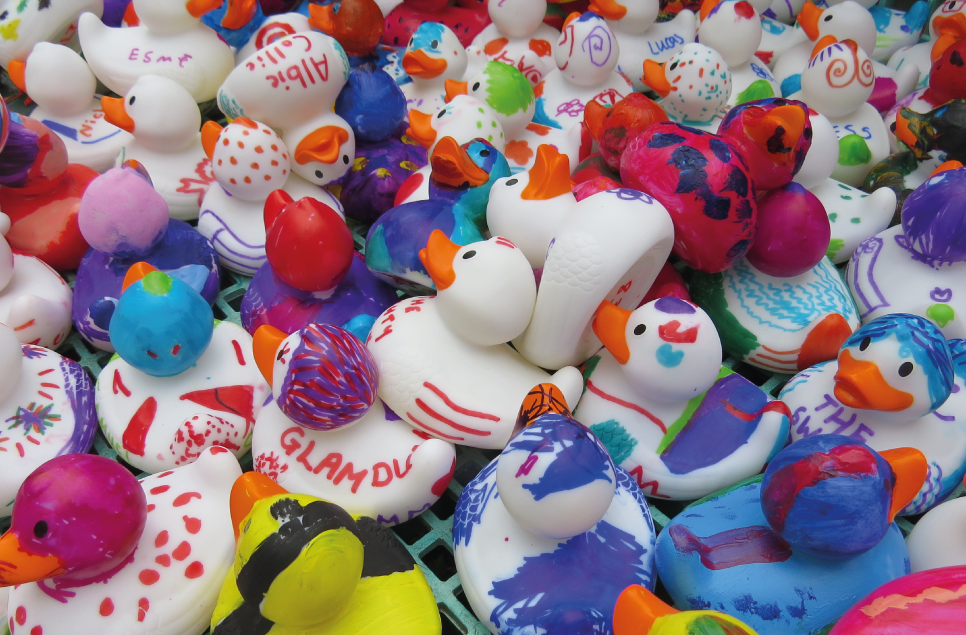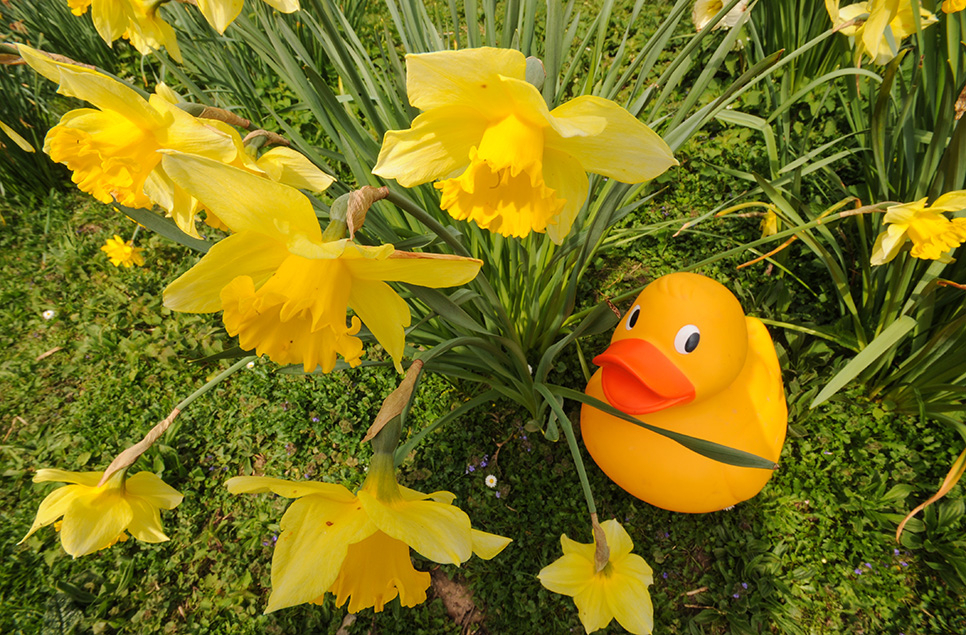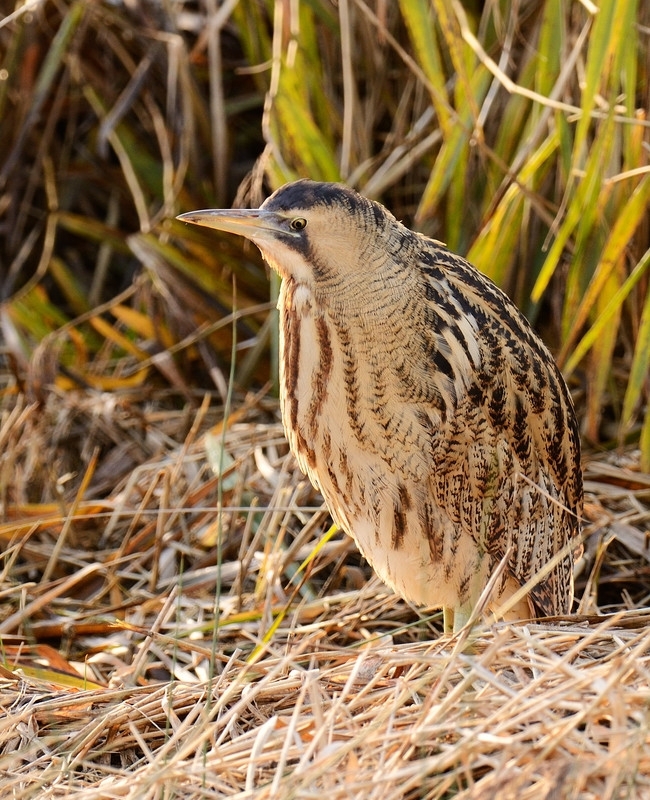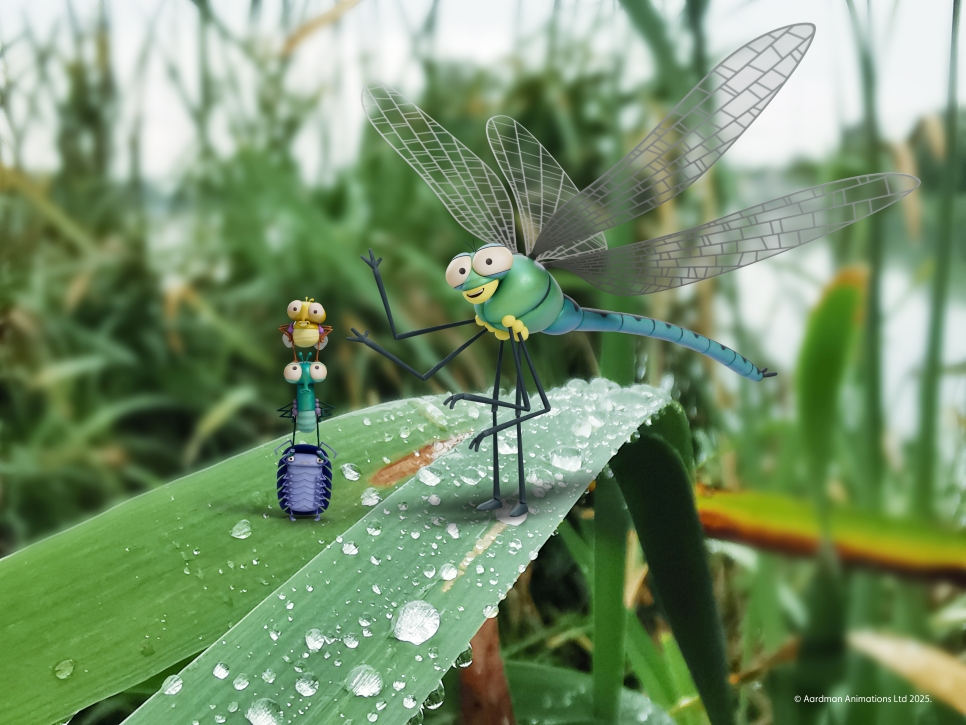A wondrous winter
With winter in full swing, our reserve is a real treasure trove of wildlife. There are currently around 10,000 wintering wildfowl on and around the mere, ranging from wigeon and teal to whooper swans and greylag geese.
With winter in full swing, our reserve is a real treasure trove of wildlife. There are currently around 10,000 wintering wildfowl on and around the mere, ranging from wigeon and teal to whooper swans and greylag geese. Over the past couple of weeks, there have also been a number of sightings of two different species of owls which have been putting on spectacular hunting shows for visitors.
From our Ron Barker Hide, you’ll be able to see the majestic barn owl which has been coming out almost daily around 3pm to hunt in the marshes – as captured perfectly in the image above by Gary Austin Wildlife Photography on a recent visit. On the other side of the reserve near to our Janet Kear Hide, you’ll find a beautiful tawny owl perching on the edge of its box in the trees – it’s certainly not camera shy!
With the cold weather comes an influx of hungry birds who struggle to get their own food from the frozen ground. Thankfully, we have a large number of bird feeders around the centre to ensure the birds get the nutrition they need. Our Janet Kear Hide and Kingfisher Hide are great for watching the comings and goings of smaller birds such as chaffinch, goldfinch and blue tit.
One of our biggest draws over the winter are the whooper swans which have migrated over from Iceland. As a charity passionate about conservation, our staff do a lot of work with this species. We have a team of Swan Research Volunteers who keep track of the comings and goings of the swans on the mere and update a database system with any new sightings or information.
There are currently a number of swans on the mere that have ring numbers but don’t have a name, so during February Half Term we’re offering visitors the unique opportunity to suggest names. If you’re visiting us, all you have to do is spot a swan with a coloured ring on its leg, use the touchscreen in our Discovery Hide to see if it’s got a name and if it hasn’t, fill out a slip and leave your suggestion in the box. Staff will review and allocate names and a full list will be shared on our Facebook page.
These beautiful swans usually start flying back to Iceland in early March, so make sure you come and see them while you can. Wrap up warm and spend some time in the great outdoors this winter.



